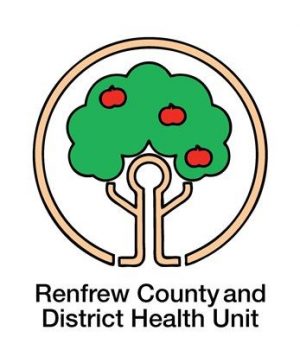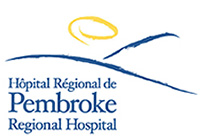Yellow is the colour of caution on traffic lights and is now a warning sign to give space to dogs and other animals that need it.
Renfrew County and District Health Unit (RCDHU) is encouraging the use of a yellow ribbon (or bandana, bow or similar marker) tied on a dog’s leash or collar to remind people to give the animal space. This is part of RCDHU’s rabies awareness campaign to reduce the number of reported animal bites in the region.
Animal biting and scratching exposures have been steadily on the rise since 2020. “While the risk of acquiring rabies from a domestic animal is low, such an event creates a lot of concern and inconvenience for the owner and the person bitten, and this inconvenience can be avoided,” states Dr. Jason Morgenstern, Medical Officer of Health, RCDHU. He continues, “This campaign aims to reduce potential bites or scratches by identifying animals who need space. Remember, if you see yellow on a pet, give the animal space!”
The campaign builds on an international movement known as the ‘Yellow Dog Project’. By tying a yellow marker to a dog’s leash or collar, pet owners are stating the animal needs space for various reasons. This could include age, health issues (including recovering from surgery), nervousness, aggression, or training.
RCDHU encourages social media users to get involved in the campaign by sharing photos of their pets wearing a yellow ribbon or marker. Tag RCDHU (@RCDHealthUnit) on Facebook and Twitter and use the hashtags #YellowRibbonDog or #GiveMeSpace.
Dr. Morgenstern encourages families, especially children, to understand what the yellow ribbon or marker means. “It is best not to approach or try petting the animal without the owner’s full attention and permission,” he adds.
RCDHU must be notified any time an animal bites or scratches a person. If someone is bitten by an animal, RCDHU recommends recording the pet owner’s contact information. If possible, take a picture of the animal or remember specific features, like markings or a collar with tags. This assists public health inspectors in identifying the correct animal.







![Kenopic/Smith Auction [Paid Ad]](https://whitewaternews.ca/wp-content/uploads/2018/10/advertising-100x75.jpeg)

